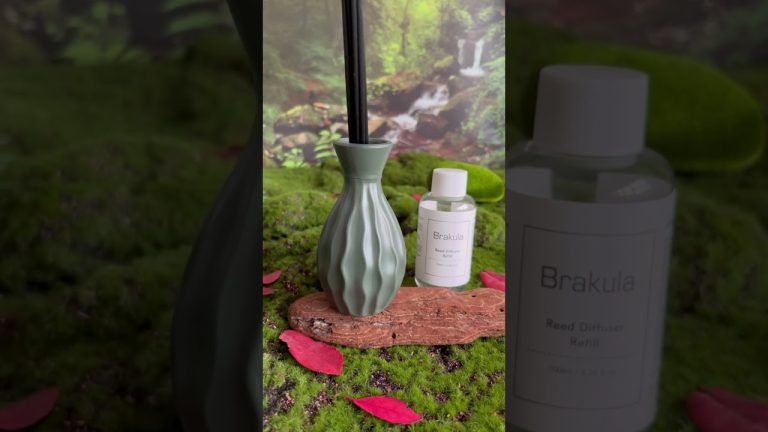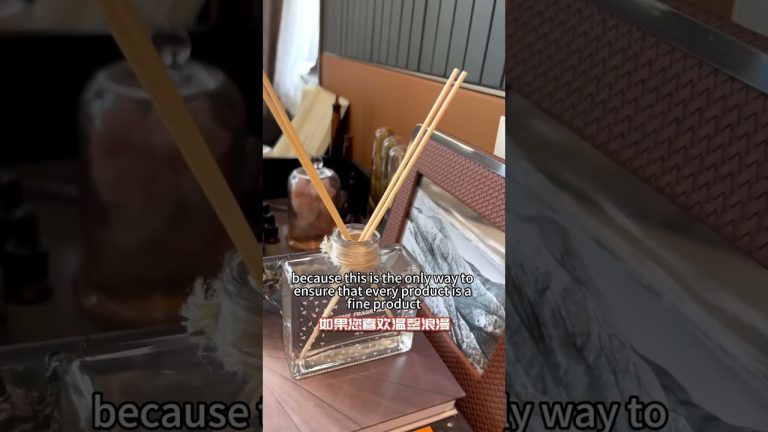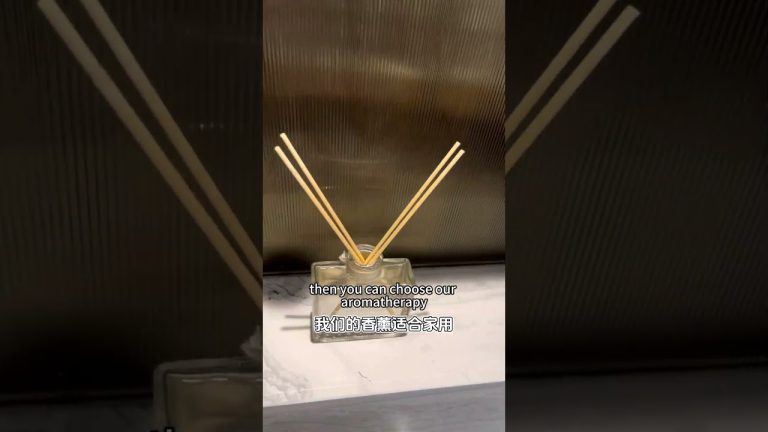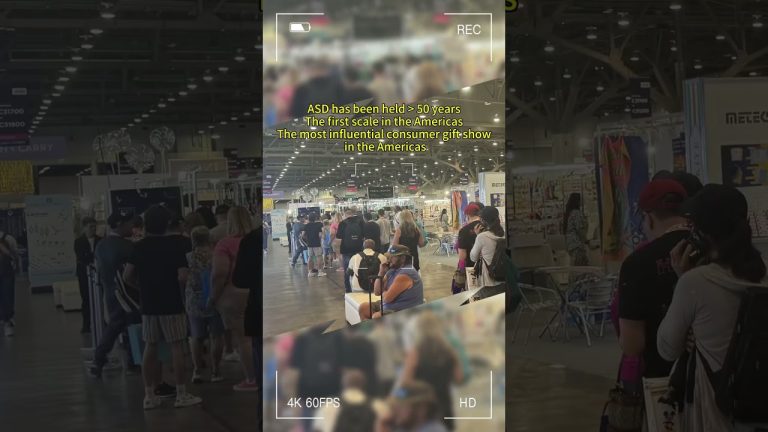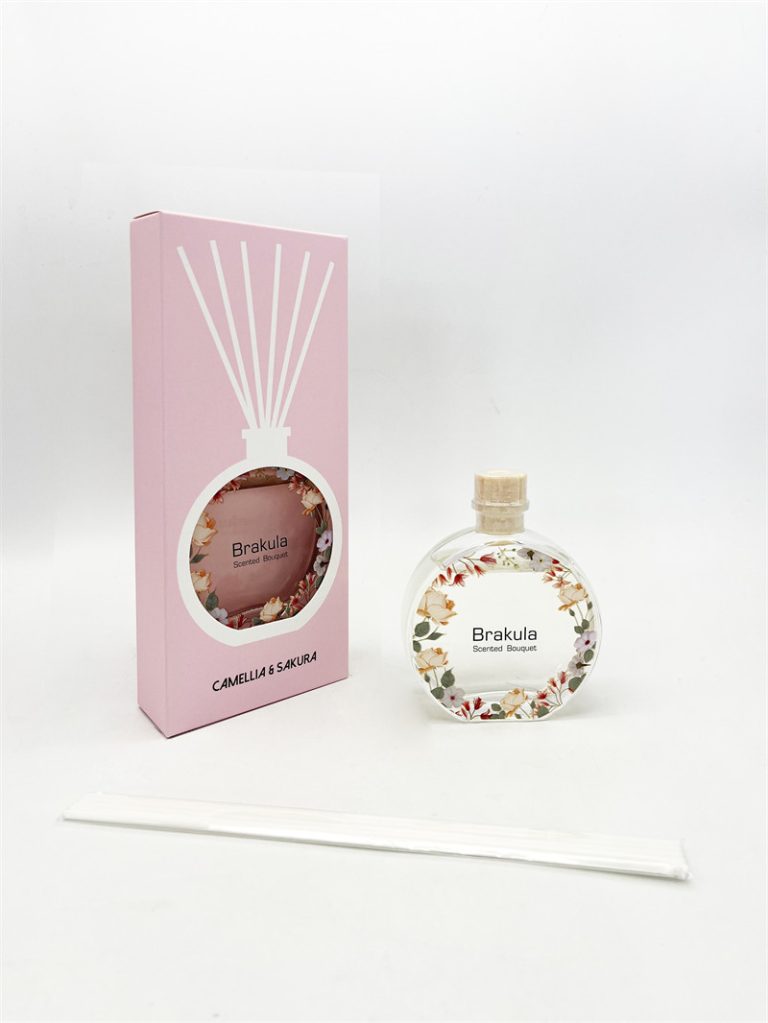Table of Contents
Understanding Candle Sizes
| Products | Reed Oil Diffuser |
| Material | Ceramic |
| Suitable for | Laundry Room |
| Scents | Inspire, Holiday Pomander |
| Capacity | 100ml |
| Color | Ivory |
| Origin | China Company |
| Duration | Customizeds |
The size of a candle plays a significant role in determining its burn time. Larger candles typically contain more wax, which is the primary fuel for combustion. This increased amount of wax allows them to burn longer than smaller candles. However, the relationship between size and burn time is not merely a matter of volume; other factors also come into play.
For instance, a thicker candle may have a wider wick that allows for a greater flow of melted wax to the flame, potentially leading to a faster burn rate. Conversely, a smaller candle with a well-designed wick can burn more efficiently, maximizing the use of its wax while minimizing soot production. Therefore, while size is an important factor, the design and composition of the candle are equally crucial.
The Role of Wax Type and Wick Design
The type of wax used in a candle can greatly influence its burning characteristics. For example, paraffin wax, which is commonly used, tends to burn faster than natural waxes like soy or beeswax. Consequently, two candles of the same size but made from different materials may have different burn times. Understanding the wax composition can help consumers make informed choices based on their preferences.
Wick design also affects how long a candle burns. A well-constructed wick ensures that the wax melts evenly and efficiently, prolonging the life of the candle. Wicks that are too large can create a larger flame, leading to a quicker burn, while wicks that are too small may not draw enough wax, causing the candle to extinguish prematurely. Therefore, both wax type and wick design are integral to understanding the overall burn time of a candle.
Environmental Factors
Environmental conditions can also impact how long a candle burns. Factors such as air flow, temperature, and humidity can affect combustion efficiency. For instance, a candle placed in a drafty area may burn unevenly, leading to a shorter burn time. Similarly, higher temperatures can cause the wax to melt faster, which might alter the expected burn duration.
https://reedaromalab.com/tag/cheapest-room-deodorizers-chinese-best-factories

Additionally, how a candle is used—such as whether it is burned continuously or intermittently—can also affect its longevity. Candles that are frequently extinguished and relit may have varied burn times compared to those that are allowed to burn uninterrupted. Hence, it’s essential to consider these environmental factors when evaluating the burn time of candles of different sizes.

